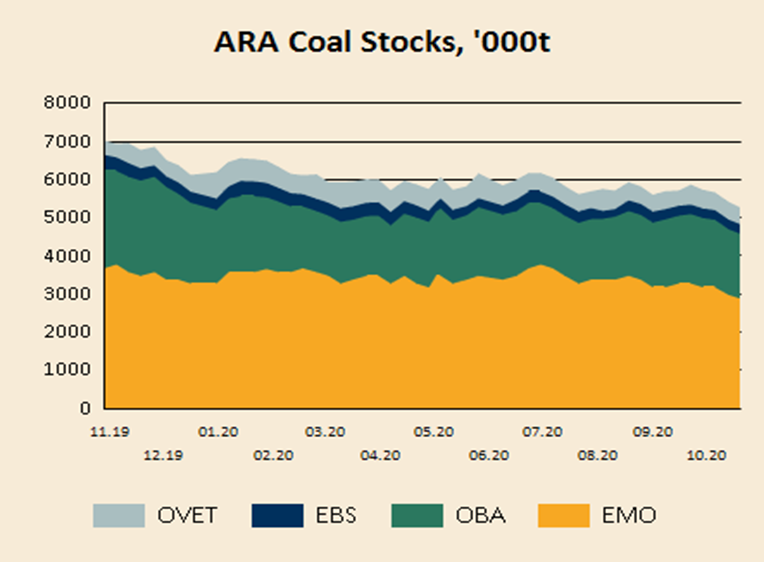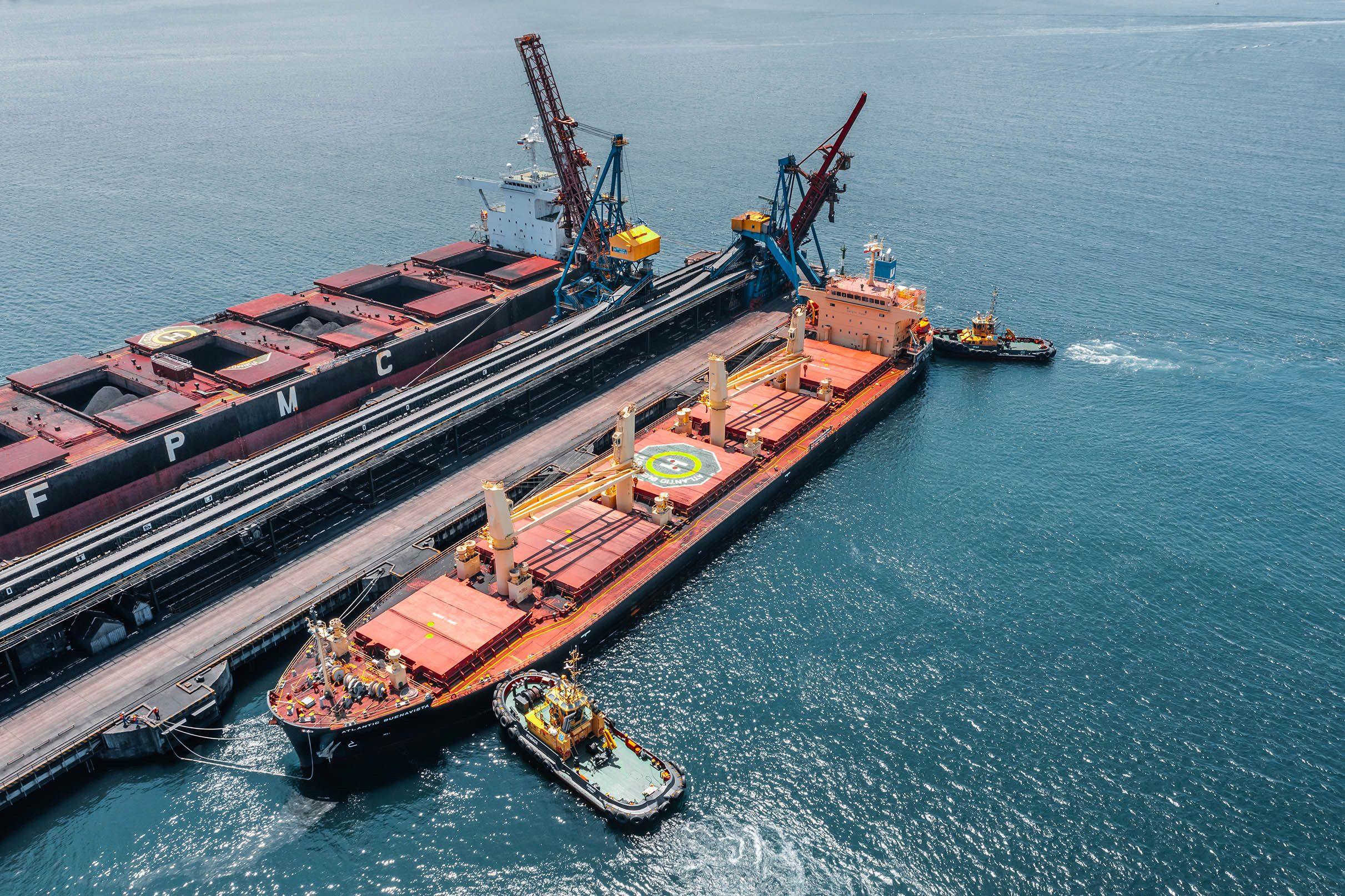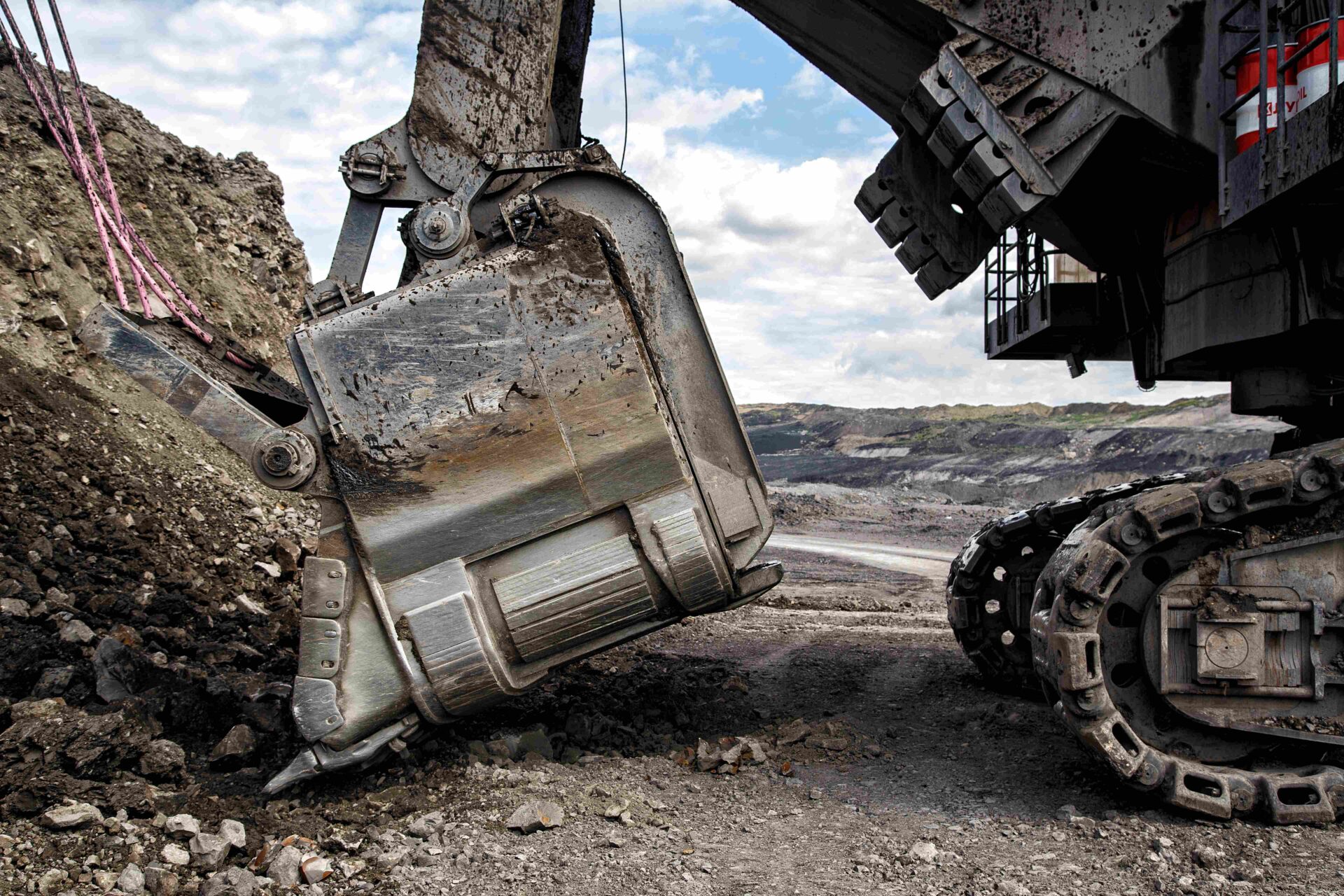

European coal prices were little changed over the past week, although some contracts found support from supply tightness and heightened generation demand.
The front-month API 2 contract eased USD 0.30 on the week to USD 56.75/t, while the front year was up USD 0.30 at USD 59.70/t, Ice Futures data showed.
“[Utility] demand has picked up, but Colombian coal is missing and US coal is not making it to Europe because it’s too expensive [for European buyers],” said a coal strategist with a European utility.
In Colombia, an ongoing strike at the key Cerrejon mining complex continued to impact supply, while miners Prodeco and Colombian Natural Resources (CNR) have suspended operations. (See p.2).
Even if Cerrejon recommenced operations over the coming weeks, it could well be “too little, too late” for the winter demand season, the strategist said, adding “I see little downside [for prices].”
A Cerrejon spokesperson said negotiations had resumed this week between the miner and union representatives, with the strike having entered its seventh week.
Elsewhere, Russian exporters have been willing to ramp up supply to the Atlantic basin, although they have also been asking higher prices for their material and boosting shipments to the Pacific basin.
“Russia doesn’t seem to be able to offset the entire Atlantic market [shortfall],” the strategist said.
Meanwhile, coal inventories at Amsterdam, Rotterdam and Antwerp (ARA) were seen last at 5.25m tonnes, down 27% from the same time last year and their lowest since June 2018. (See chart).
“In recent weeks there was some increase of coal barging to the hinterland and that has led to a reduction in coal stocks,” said Hugo Du Mez, dry bulk advisor at the Port of Rotterdam.
But he noted the broader demand for the commodity remained weak.
“Overall power generation is reduced because of Covid-19’s impact on demand, and coal is squeezed between cheap gas, record wind and solar generation and high CO2 prices,” he said.
The decline in stocks was also linked to lower generation capacity across Europe. Anti-coal lobby Europe Beyond Coal reckons that 150 European coal-fired plants have retired, or announced plans for retirement, since 2016.
“The drop in demand has been so big over the last two years that [the market] may not realise how low stocks in Europe could go before it really gets tight,” said a coal analyst with a trading firm.
He noted 3.5m tonnes of thermal coal in stock at ARA terminals would be sufficient to meet existing demand levels. “It would take a further drop of 1.5-2m tonnes to make things exciting.”
Nevertheless, prices were unlikely to slip too much lower in the near-term, market participants said.
“I see prices remaining roughly where they are,” said an analyst with a European coal-trading firm, citing a range of USD 55.50-57/t for spot physical prices.
The Global Coal Des ARA index – a benchmark for Atlantic-basin physical trade – was pegged last at USD 56.25/t, down 1.1% on the week.
“I think the [tighter] supply situation is providing a floor for coal prices right now, as anybody who can actually deliver coal is looking for a decent price,” he said.
Source: Montel
Follow on Twitter:
[tfws username=”montelnews” height=”700″ width=”350″ theme=”light” color=”#FAB81E” tweets=”2″ header=”yes” footer=”yes” borders=”yes” scrollbar=”yes” background=”yes”]













